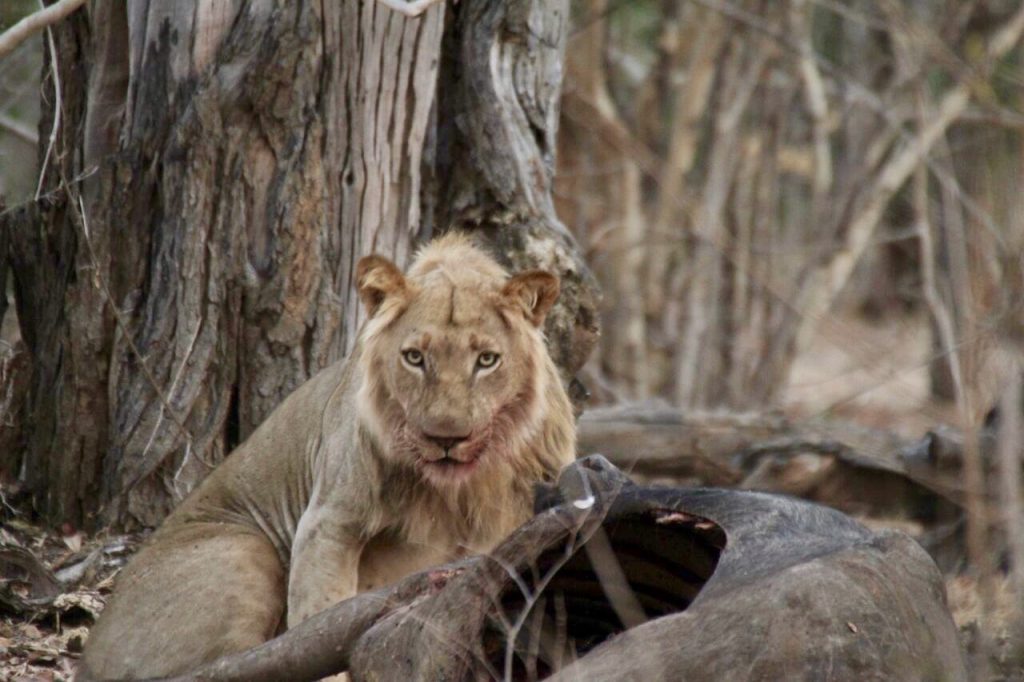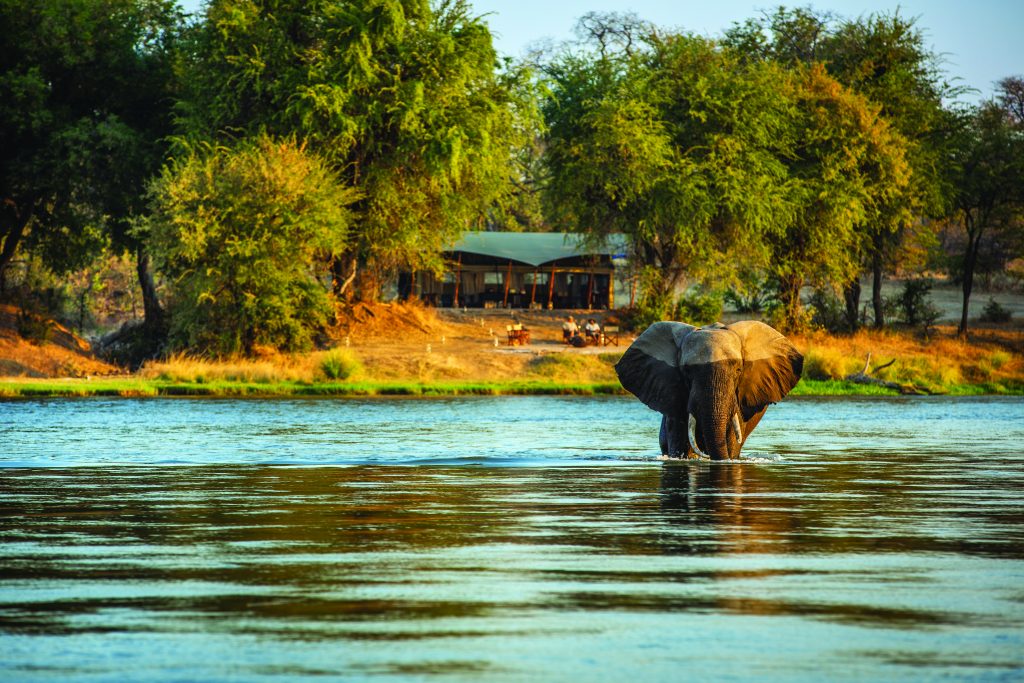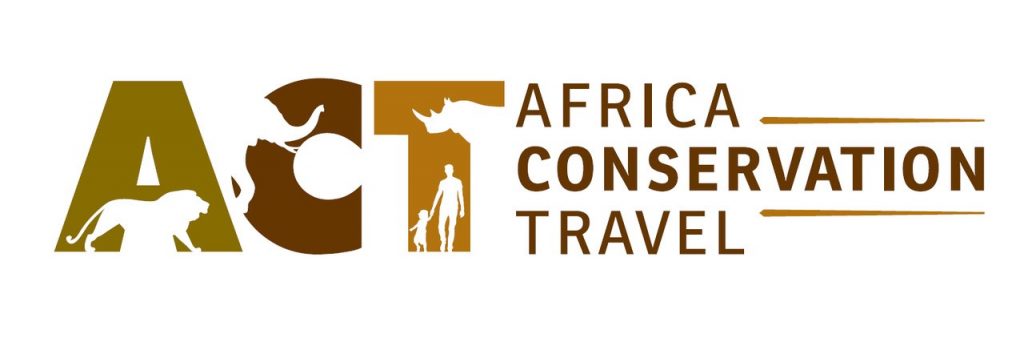Article and Images: Shelley Cox

As our aircraft gently touches down on the dusty airstrip and we disembark, the October heat of the Zambezi Valley hits us and droplets of perspiration start to form on our heads and arms. A friendly smiling face rushes up to greet us and welcomes us to Greater Mana Expeditions with ice cold water and beverages to quench our thirst. The next 4 nights will be spent exploring the newest offering in the Zambezi Valley – “Greater Mana Expeditions” operated by Great Plains Conservation.
Previously a safari hunting area, the Sapi Concession, which forms part of the UNESCO World Heritage site including Mana Pools National Park, was in November 2016 converted to a photographic concession and all hunting was stopped. The decision made by Zimbabwe National Parks and Wildlife Management Authority to convert the area to photographic was done in an effort to expand the protected photographic area of Mana Pools National Park and restore and rehabilitate the landscape and wildlife within the Sapi Concession. The concession was awarded to Great Plains Conservation, primarily owned and run by National Geographic Documentary film makers and conservationists Dereck and Beverly Joubert. Their model takes stressed and threatened environments, and surrounds them with compassionate protection and intelligent, sustainable management, funding them with sensitive, low-volume, low-impact tourism.
Two years on since Great Plains Conservation took over the concession, and there is already a noticeable change in the behavior of the wildlife. Where once animals ran away at the sound of a vehicle, they are now slowly but surely acclimatizing to the fact they are once again in a safe environment and not at risk of being hunted.

Whilst we would only be spending 4 nights on the concession to get a feel of what Greater Mana Expeditions has to offer, the safari actually consists of a 6-night expedition which explores the exquisite areas of both Mana Pools National Park and the neighbouring private Sapi Concession. The experience, which is only available to 6 people at a time, makes this a completely exclusive and extremely low impact safari – one which is reminiscent of the old African explorers and has the feeling of a mobile safari with adventure and discovery along the journey. The first two nights are spent at their Acacia Camp, a spacious and luxurious tented camp overlooking the Zambezi River. The middle two nights are then spent inland along the dry Sapi riverbed on beautiful sky-bed decks where guests sleep out, under a starlit African sky, listening to the sounds of whooping hyena. The final two nights are spent at “River Camp” which is located in the middle section of the concession along the Zambezi River. Throughout the six nights, a combination of adventure focused activities are available including drives, walking safaris, canoeing, boat cruises, and catch and release fishing.
As we traversed the road from Chewore through to the western river frontage of Sapi, we had sightings of a number of species including kudu, impala, waterbuck, and elephants. As we neared the camp where we would be spending our first two nights, we rounded a bend and came across three male lions feeding off of two buffalo carcasses which they had killed the day before our arrival. Two of the three young males were relaxed with our presence and slowly ventured down towards the river to drink, their steps awkward with the fullness of their bellies. The third young male, who was feeding off the second carcass on his own, some distance from his two compatriots, was less comfortable and his wild eyes peered over the dead buffalo’s head whilst his tail flicked with irritation at our presence. It was a phenomenal welcome to the area and started us off on a good note for the next 4 days spent exploring. Additional sightings during our time at Greater Mana Expeditions included another 4 lion, 7 wild dog, 2 cheetah, 1 black mamba, hyena, elephants, buffalo and a diverse array of antelope species including large herds of Eland.
It is hugely positive to see organisation’s such as Great Plains Conservation investing in Zimbabwe and collaborating with ZimParks to ensure these remote and wild habitats are restored, protected and preserved for future generations to enjoy.

